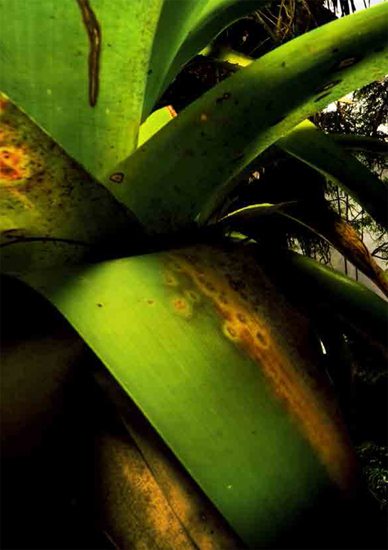
IN THIS BOOK we’ve described a new science-based approach to defining a safe operating space for humanity—an approach anchored by the planetary boundaries framework. The key to future prosperity, we’ve argued, is to safeguard the remaining beauty on Earth by reducing humanity’s heavy footprint. No matter where we live, or what our walk of life might be, we all depend on stable, resilient natural systems such as the atmosphere, the oceans, and terrestrial ecosystems. To avoid triggering dangerous tipping points as the Earth responds to humanity’s massive impacts, we must find ways to pursue economic growth, food security, and thriving communities in the years ahead without undermining the life forms that make our own lives possible and good.
The time has come for a change. World leaders such Jim Yong Kim, president of the World Bank, Ban Ki-moon, UN Secretary General, Christine Lagarde, managing director of the International Monetary Fund, and Angel Gurria, secretary general of the OECD, have all recognized the fact that allowing business-as-usual to continue will only endanger the world’s prospects for growth and poverty alleviation. Corporate leaders, too, have increasingly adopted the idea that sustainability also happens to be good business. As Ulrich Spiesshofer, CEO of the Swiss industrial giant ABB, recently put it, “we need to run the world without consuming the Earth.”
Sustainability, after all, isn’t limiting. In fact, it encourages innovation in the same way that the lines on a soccer field make Lionel Messi’s brilliance possible. If you know where the boundaries are, you can be a virtuoso of economic growth as creative as Zlatan Ibrahimovic is with a soccer ball. By defining a safe operating space, we can both preserve the natural world and pursue our own prosperity at the same time.
We’ve concluded that, for a long time, humanity got it all wrong. For centuries, we clung to the belief that we could have growth without limits on a finite planet. Then 40 years ago this belief collided with environmental arguments proposing limits to growth. We thought that as long as we kept our own backyards clean through regulations on chemicals, local air and water quality, and protection of ecosystems, we could have “sustainable development.” Alas, how wrong we were. Earth proved to be much more complex than that. Our local environmental abuses had long-distance impacts. Because of the biophysical processes that link the polar regions with the savannahs, rainfall systems across the world, the oceans and atmosphere with local weather systems, what you and I hid under the carpet in one corner of the world came back to haunt someone else in another corner, often in the most abrupt and surprising ways. We never expected to destabilize the Greenland ice sheet, West Antarctic glaciers, tropical coral reefs, or the Siberian tundra simply by the way we ran our local economies.
So today we’re proposing a new playing field of growth within limits. By combining what we know from science about Earth’s biophysical limits with emerging evidence about transformative technologies and values, we see unlimited opportunities for abundance through a combination of wisdom, innovation, and worldwide collaboration. Our idea is to redefine sustainable development as the pursuit of good lives for all within a safe and just operating space on Earth. To guide us in this direction, we’re offering an easy-to-remember but scientifically robust number—a number we can teach to our children, since they’re the ones likely to be alive in the year 2100. That number is zero.
We know with a high degree of certainty that by the second half of this century we must reach a zero-emission global society as part of a fully decarbonized world economy. We must also attain a zero rate of species loss to halt declining biodiversity. Finally, having transformed half of the Earth’s surface to farmland and cities, we must now find ways to feed the world within existing agricultural lands. Enough is enough, and in order to secure future rainfall, carbon sinks, and habitats for all living species, we must feed humanity with zero expansion of agricultural territory. The next green revolution will be truly green, occurring through sustainable intensification on current agricultural land.
This triple zero formula—zero emissions, zero loss of biodiversity, and zero expansion of agricultural land—constitutes a science-based agenda for world development that defines a significant part of Earth’s safe operating space. It’s an easy number to remember. A number with little uncertainty. A visionary goal to unleash a Second Machine Age that is green, resilient, and prosperous.
Why are we hesitating? Beats us.
Making the transition to a thriving world within a safe and just operating space has become not only necessary, but also possible and desirable. Based on the latest science, we’ve defined planetary boundaries to serve as positive guides for action and as incentives for exponential technologies. People all over the world, we believe, share a universal wish to cherish the natural world. All we need to do to achieve a safe and prosperous future is to become dedicated stewards of the remaining beauty on Earth.
A vibrant rainforest surrounds Iguazu Falls, a series of cataracts on the border between Brazil and Argentina.